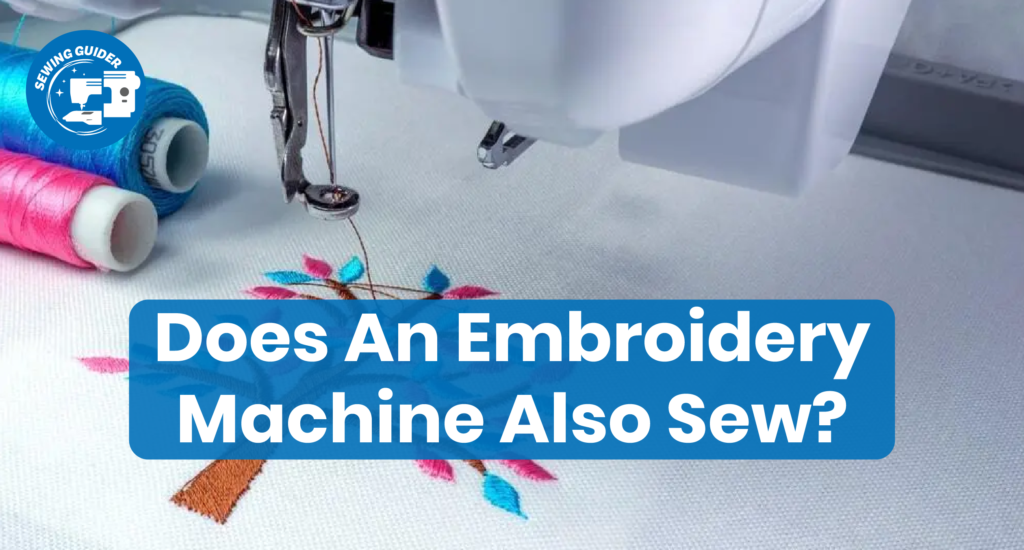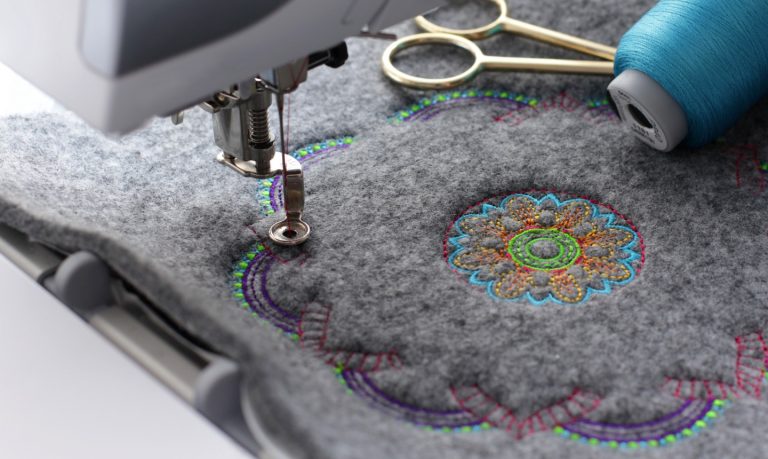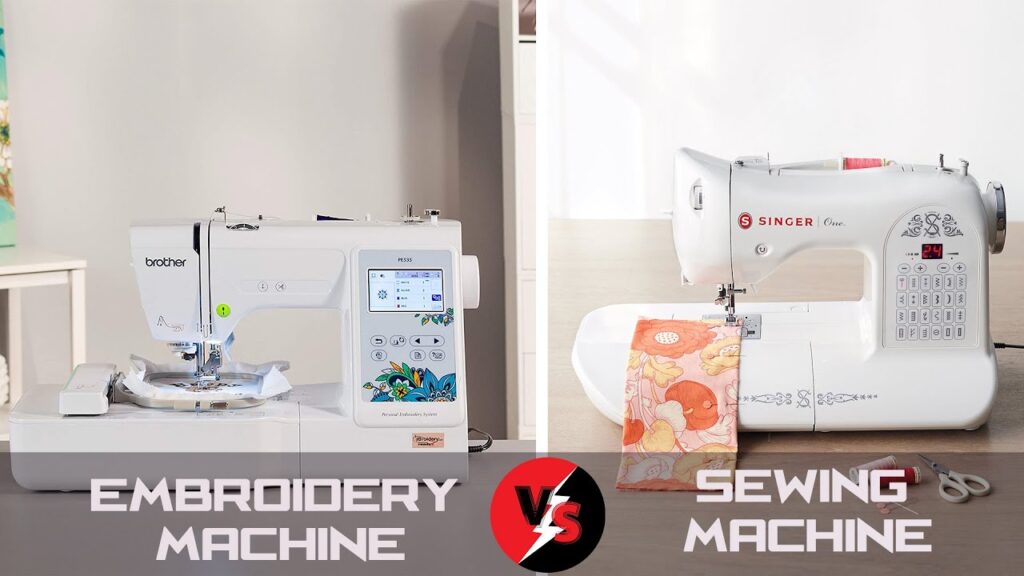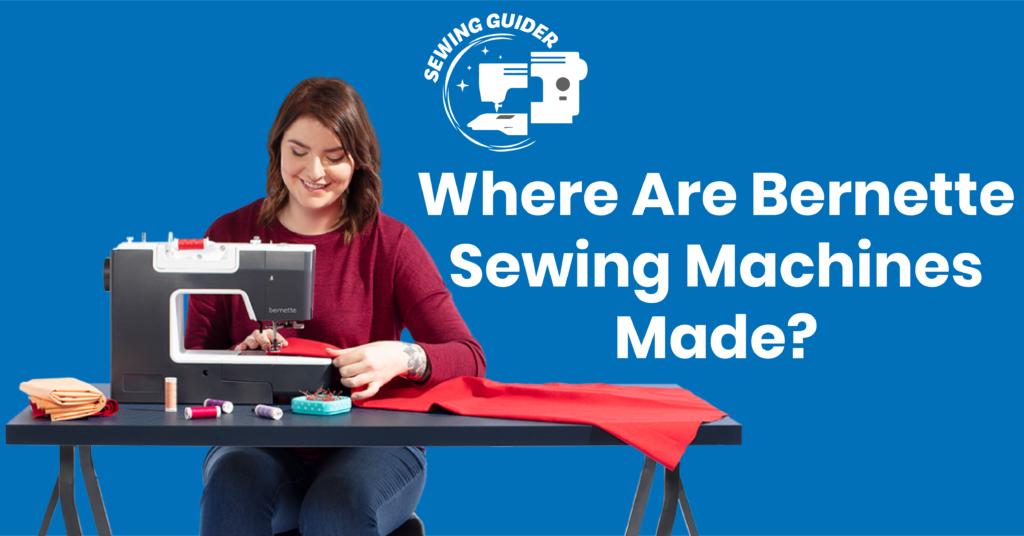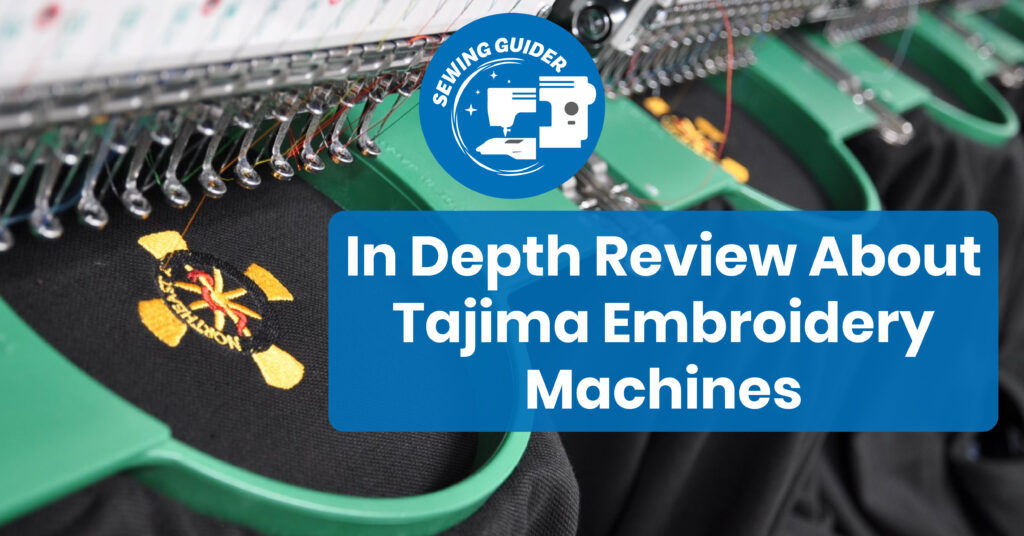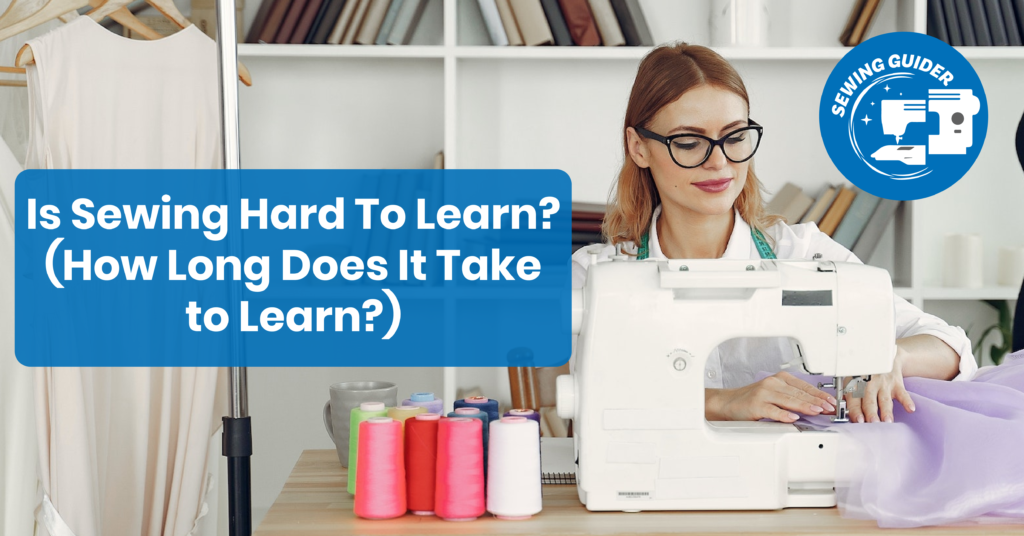Embroidery and sewing are two different trades passed down through generations. While both require dealing with fabrics, they are fundamentally different. Embroidery machines have grown in popularity as technology has advanced. However, a typical issue “does an embroidery machine do sewing?”. In this post, we will look at the similarities and differences between embroidery and sewing and the possibilities of modern embroidery machines.
Sewing and Embroidery Fundamentals
An embroidery is an art form that utilizes needle and thread to adorn fabric or other decorative motifs. It is a creative process that adds texture, dimension, and visual appeal to clothing, home décor, and accessories. On the other hand, sewing refers to using stitches to make or attach fabric components.
Embroidery Machine: Beyond Needle and Thread
Embroidery machines have transformed the embroidery industry by providing both ease and precision. These machines are designed to automate the embroidery process, making it easy to stitch elaborate designs onto fabric. However, it is crucial to realize that embroidery machines are not intended primarily for sewing.
While an embroidery machine can theoretically sew, it is not intended for complex sewing activities such as garment construction or hemming. An embroidery machine’s main job is to stitch decorative designs onto fabric. It employs various stitching techniques, including satin stitches, fills stitches and appliqué to create elaborate patterns and textures. The automated technology of the machine recognizes digital designs or patterns and leads the needle to do the desired embroidery.
Benefits of an Embroidery Machine
Accuracy and precision:
Embroidery machines are excellent at recreating elaborate designs consistently and precisely. They reduce human mistakes and ensure stitching regularity, resulting in professional-looking embroidered works.
Time Management:
Compared to manual embroidery, machines save a substantial amount of time due to their capacity to sew elaborate designs mechanically. An embroidery machine may accomplish primarily embroidered jobs that usually take hours.
Versatility:
Embroidery machines provide many design options, allowing customers to select from an extensive library of patterns or create their own. They can embroider on various materials, including fabric, leather, and even paper, expanding their creative options.
Customization:
Embroidery machines make personalization possible, making it simple to stitch names, monograms, logos, and other unique motifs onto products. As a result, they are a popular choice for personalized gifts, promotional items, and branding.
What Does an Embroidery Machine Do?
An embroidery machine is a specialized instrument to stitch elaborate designs onto fabric or other materials. It is intended to be used with thread and a needle to make beautiful patterns, logos, monograms, and other embellishments. The machine uses stitching techniques to generate rich textures and forms by following a computer design or pattern. Its primary function is to improve the visual appeal of cloth products by embroidering them.
Does the Embroidery Machine Also Sew?
While embroidery machines have limited stitching capabilities, sewing is only one of their primary functions. Embroidery machines are intended for intricate embroidery rather than complex sewing activities such as garment fabrication or hemming. On the other hand, some advanced embroidery machines have essential sewing functions, allowing users to move effortlessly between embroidery and sewing modes. These hybrid machines are suitable for combining embroidery with simple sewing operations like patch attachment or edge finishing.
What’s the Difference Between Sewing and Embroidery?
Sewing and embroidery are two different trades with unique goals. Sewing connects fabric pieces with stitches to make valuable products such as clothes, accessories, or home decor. It focuses on fabric component construction, fitting, and assembly.
On the other hand, embroidery is the art of using a needle and thread to decorate fabric or other materials with decorative motifs. Adding texture, patterns, and embellishments improves the fabric’s visual attractiveness. Embroidery, which can be done to finished goods or fabric panels before they are combined, is primarily concerned with aesthetics rather than construction.
What are the Different Types of Embroidery Machines?
1. Home Sewing Machine:
Home embroidery machines are intended for personal use and are often small and portable. They provide a variety of embroidery designs and stitch options that are appropriate for a variety of tasks. Although home sewing machines lack the embroidery capabilities of more complex models, they are ideal for enthusiasts and beginners.
2. Computerized Embroidery Machine:
These machines are outfitted with advanced technology such as built-in designs, touch screens, and USB connectivity. These machines provide many design options and the ability to input bespoke designs or patterns. They offer greater adaptability, precision, and automation than household sewing machines.
3. Industrial Embroidery Machine:
Industrial embroidery machines are large-scale commercial machines. They are designed for high-speed manufacturing and can handle large-scale embroidered work. Industrial machines are widely used in embroidery businesses or factories, requiring efficient and heightened production.
How to Use an Embroidery Machine?
Using an embroidery machine involves several steps:
Make the design:
Select a design from the machine’s built-in library or import one via USB or other connectivity. Some devices also allow users to use specialized software to generate designs.
Hoop the fabric:
Securely place the cloth in the embroidery hoop, ensuring it is taut and centred to avoid shifting during sewing.
Thread the machine:
Thread the needle and bobbin with the specified thread colour, as directed by the machine. Check that the tension is properly set for effective stitching.
Create the design:
Choose or import the required design from the machine’s library. As needed, change the design’s size, positioning, and orientation.
Start stitching:
Once everything is in place, start the embroidery process. The machine will automatically follow the design and stitch the pattern into the fabric.
Why Is Embroidery So Expensive?
Embroidery can be relatively expensive due to several factors:
Equipment:
Embroidery machines and their upkeep can be expensive, especially for high-quality commercial devices used in professional settings. These expenses are frequently incorporated into the pricing of embroidered items.
Digitizing:
Digitizing is converting a design into a digital version suited for embroidery. It involves specialized expertise and software. Digitization of services or software might increase the overall cost.
Labour:
Embroidery is a time-consuming procedure, especially for complicated or large-scale designs. The time and knowledge required to set up the machine, hoop the cloth, and watch the stitching process all add to the overall cost.
Material and Thread:
The cost and quality of embroidery threads, stabilizers, and fabrics can impact the final pricing. High-quality materials are more expensive, but they provide excellent finished products.
Customization:
Customization entails more time and effort to customize designs, insert brands, or incorporate unique aspects. Customization is frequently more expensive.
FAQs about does an embroidery machine do sewing
Does an embroidery machine do sewing?
Embroidery machines can stitch, but they mostly embroider. They use several stitching methods to create elaborate motifs onto fabric. They are not for garment fabrication or hemming.
Can I use an embroidery machine for basic sewing tasks?
Some high-end embroidery machines can switch between embroidery and sewing modes. These machines can sew patches, borders, and edges. Use a sewing machine for more complicated projects.
Can I use embroidery thread for regular sewing?
There may be better options than regular stitching with embroidery thread. Embroidery threads are heavier and thicker than sewing threads, affecting drape, tension, and seam appearance. General sewing requires a thread that matches the fabric type and weight.
Should I learn sewing or embroidery first?
Sewing or embroidery initially depends on your interests and aspirations. If you want to make clothes and utilitarian goods, start with sewing. If you want ornate stitching and elaborate motifs, start with embroidery. Both talents can enhance your creativity.
Are embroidery machines challenging to use?
With direction and practice, embroidery machines are straightforward to use. Modern embroidery machines have easy-to-use controls. Many machines have design libraries and automatic functions to help beginners get professional results. With patience and practice, anyone can use an embroidery machine.
Conclusion
In summary, the answer to the question “Does an embroidery machine do sewing?” is yes! machine can stitch. Still, its primary purpose is to create elaborate needlework. It makes embroidery more precise, practical, and adaptable. However, a specialized sewing machine should be used for more involved stitching projects. An embroidery machine can take your creations to the next level, whether you’re a hobbyist or a professional. So dive headfirst into the fascinating world of embroidery machines and let your creativity run wild!

